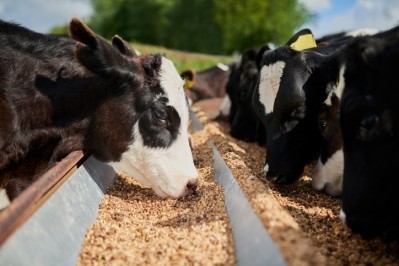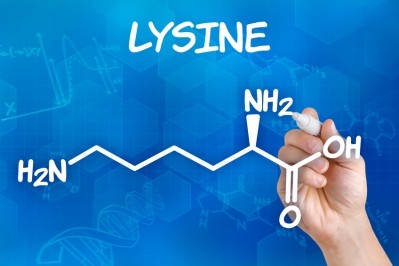Dispatches from EAAP/Ajinomoto Amino Acid Academy, Paris
'Feed industry needs to address impact of processing on amino acid content of meal'
Dr Paul Bikker, senior researcher, animal nutrition, Wageningen Livestock and Research, said the growing demand for protein crops for food and feed requires an efficient use of current protein sources and, therefore, accurate determination of protein quality.
He spoke about the protein nutritional value of feed ingredients and the influence of processing at the EAAP/Ajinomoto amino acid academy in Paris late last month, referencing a recent study, undertaken at the university.
“I showed from the work of two PhD students that in the processing of ingredients like rapeseed meal or soybean meal the processing has benefits, for example, the reduction of anti-nutritional factors (ANF). [Primary] processing is, of course, necessary for oil extraction but there is also a risk the remaining protein fraction is damaged by the processing, both in [terms of] a loss in amino acid [content] and a reduction in the digestibility of the amino acids,” he told us.
'Lysine is the most sensitive amino acid to react and often the first limiting amino acid for body weight gain in pig feed. It is, therefore, important to determine the effect of processing on the amount of (non-)available lysine and subsequently its effect in pigs.' - Wageningen Livestock and Research.
He said there is a certain level of awareness about such amino acid degradation in the feed industry but he believes it is something the industry has not addressed adequately enough.
Moreover, he said, feed tables do not take account of this reduction in AA content from primary processing.
“Maybe, researchers have to do some work to develop the tools for the feed industry to include those elements in their feed optimization.
“Also, we are [now more] aware of the need for optimal protein utilization. There is greater pressure on the farm economy, [for] feed efficiency. Taking into account those effects of feed processing can contribute to an improvement in protein and amino acid utilization.”
Extrusion or pelleting provides some counterbalance
Secondary processing can offset some of the damage done by initial processes such as toasting, said Bikker.
Wageningen Livestock and Research PhD student, Sergio Salazar-Villanea, in a trial supported by feed manufacturing group, Agrifirm, took a sample of processed rapeseed meal and included that in a diet either in meal, pelleted or extruded form.
“He showed that the intensity of the pelleting or the extrusion had a positive effect on the quality and the amino acid digestibility of the rapeseed.
“It is not like the [secondary] processing brings back the reactive lysine [content that is] lost during the primary processing of the ingredient, but the effect is mediated by the improvement in digestibility [achieved].
“Pelleting or extrusion produce finer particles that could be better digested [by the animal] or form smaller protein aggregates in the animal’s digestive tract that are more accessible for enzymes in the digestive process, and that seems to compensate to some extent for the negative effects of primary processing.”
Source: First Amino Acid Academy, Paris
Title: Protein nutritional value of feed ingredients and the influence of processing
Authors: P Bikker, T. Hulshof, S. Salazar-Villanea, T. van der Poel, E. Bruininx, M. van Krimpen








